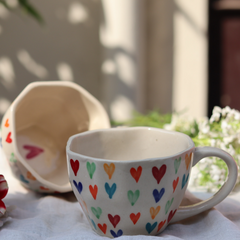The Haldi ceremony, also known as the Pithi ceremony or turmeric ceremony, is a pre-wedding ritual that is commonly practiced in Hindu, Jain, and Sikh cultures in India. It is typically held a few days before the wedding day and is an important part of the pre-wedding rituals.
During the Haldi ceremony, a paste made from turmeric, sandalwood, rosewater, and other ingredients may be applied to the bride and groom's body by family and friends. This paste is believed to cleanse and purify the couple, as well as to beautify their skin for the wedding day.
The ceremony is often a joyous occasion filled with singing, dancing, and rituals. Family members and friends gather to bless the couple and wish them well for their upcoming marriage. It is also an opportunity for both families to come together and celebrate the union of their loved ones. In many Indian cultures, the Haldi ceremony is an integral part of the pre-wedding rituals, and it holds significant cultural and religious importance. While the primary focus of the ceremony is the application of turmeric paste to the bride and groom, decorating the venue can enhance the celebratory atmosphere and create a memorable experience for everyone involved.
The importance of Haldi decor depends on various factors, including personal preferences, cultural traditions, and the overall vision for the wedding festivities. Here are some considerations regarding the significance of Haldi decor:
Color Scheme: Yellow is the dominant color for Haldi ceremonies, as it symbolizes the turmeric paste used in the ritual. You can complement yellow with other bright and cheerful colors like orange, pink, and green to create ambiance. 


